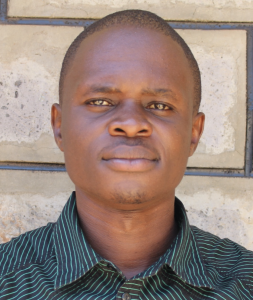May, 2019: Kigulienyi Primary School Project Complete
There is a new rainwater catchment system at Kigulienyi Primary School! Students have a source of safe, clean water thanks to your support. Handwashing stations were installed so that students can clean up after using their new latrines, and students and staff received training in sanitation and hygiene.
Rainwater Catchment Tank
Construction of this new rainwater catchment tank was a big success. The headteacher and the rest of the school offered great support to our artisans while they were working on the new facilities. Teachers helped make meals for the artisans, and students came during their time off from school to shuttle important construction materials to the site. When the artisans needed water to mix cement, the students went out into the community to find enough water.

"We are so happy for this project installed in our school. From now henceforth we will no longer go to the spring to fetch water. We will be accessing clean, safe water directly in the school's compound thanks to you!" said Headteacher Muheku.

The Process:
Our staff and the school administration started by looking around the school to determine the best location for their new rainwater catchment tank. This needed to be the best site with good, clean roofing to catch the rainwater.
Upon the decision of the construction site, the top earth layer is excavated and cleared. Stones are then carefully packed onto the excavated area to create a strong foundation.

The foundation is cast with sand, cement, ballast, and waterproof cement. As this is being done, the wall’s skeleton of wire mesh and rebar is erected and secured into the foundation. Upon completion of the foundation, the walls are cemented and plastered to completion both inside and outside.
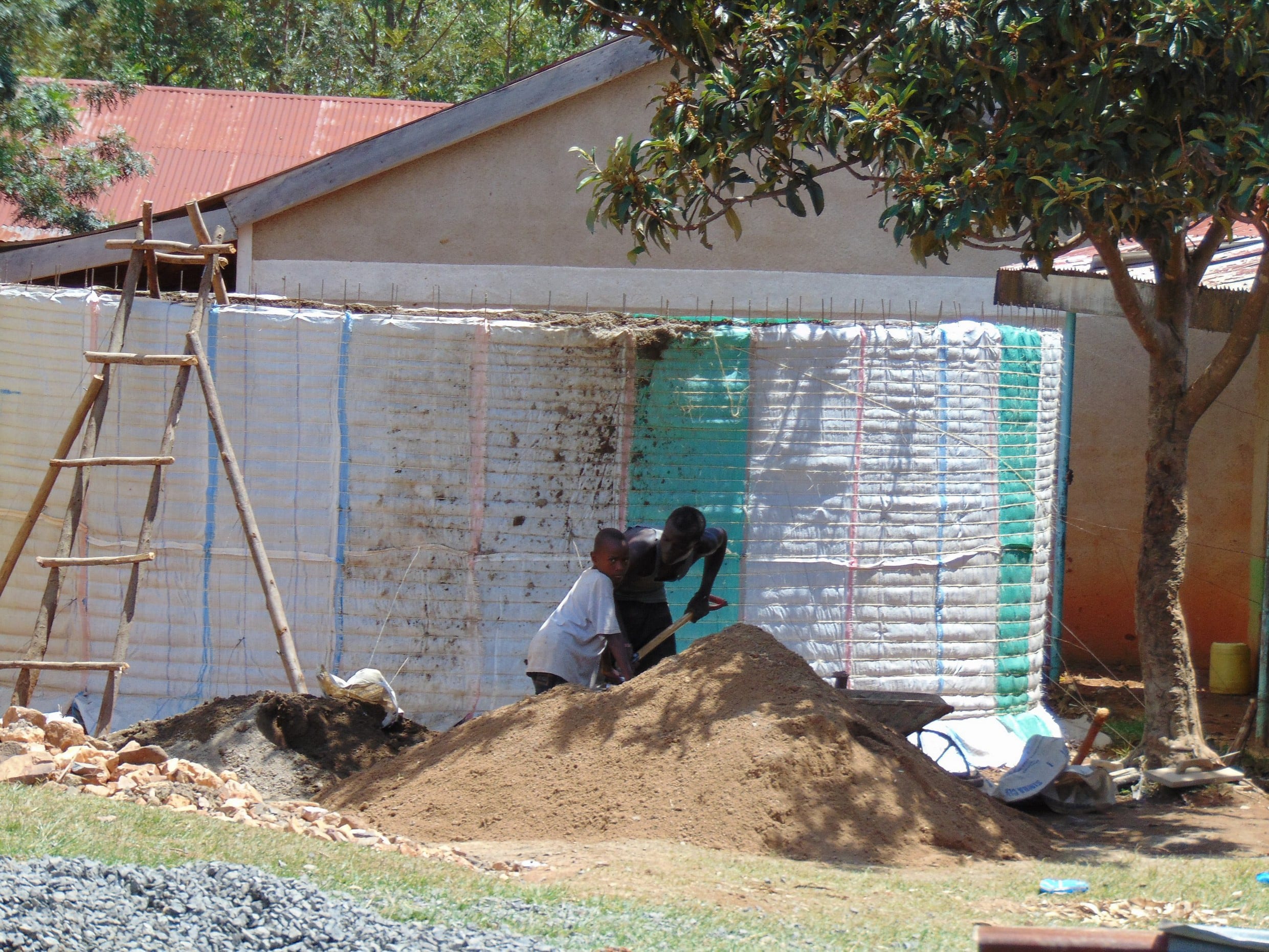
The catchment area is dug, plastered, and a staircase installed so students can easily get water from the tap. A metal cover with a lock is placed over the catchment area to avoid water wastage.
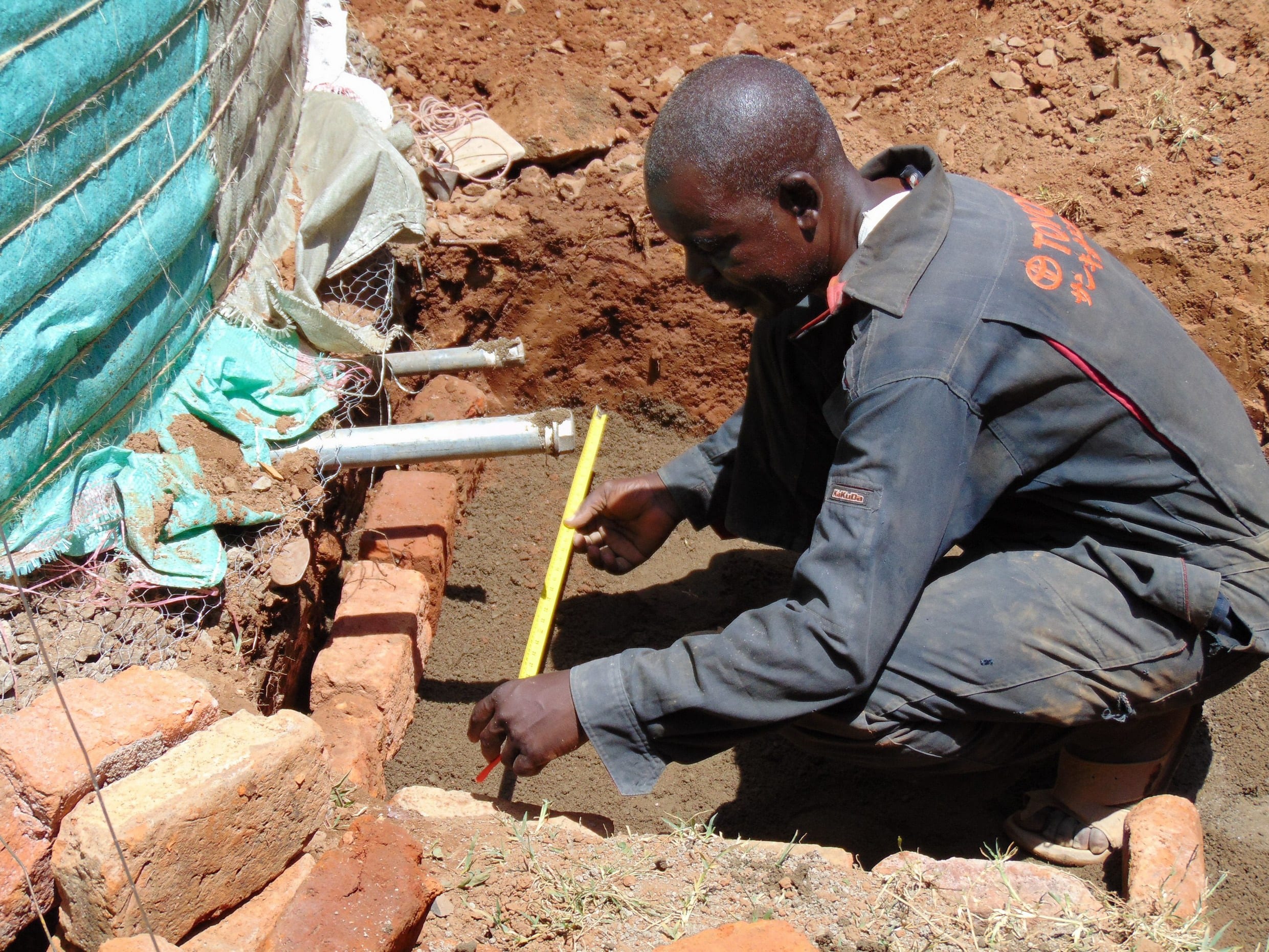
A concrete reinforcement pillar is built up to support the dome, which is also made of a strong wire mesh and concrete. A hatch is installed in the dome to allow the tank to be cleaned out before heavy rain, and the gutter system is also installed at this time.

Once finished, the tank was given three weeks to undergo complete curing before it was cleaned and handed over to Kigulienyi Primary School, though we will continue to offer them great support as a part of our monitoring and maintenance program.
Handwashing Stations
Pupils can now enjoy washing their hands with soap thanks to the two handwashing stations that were delivered to their school. These new handwashing opportunities will help reduce cases of hygiene-related illness. The training on hygiene has motivated these students to share what they’ve learned with their peers at school and families at home.
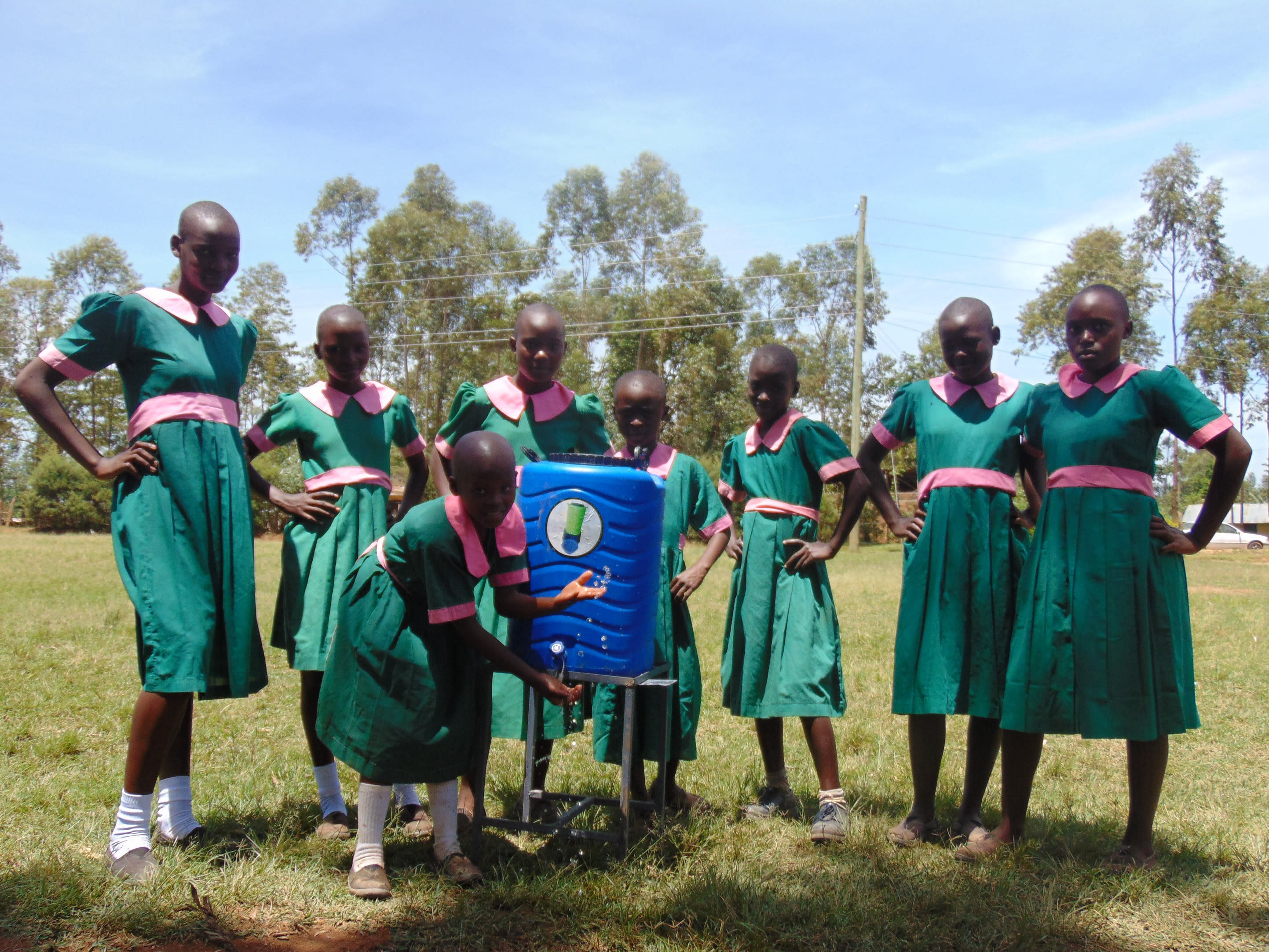
VIP Latrines
This project funded the installation of six new ventilated improved pit latrines, three latrine doors for the boys and three latrine doors for the girls. All of these new latrines have cement floors that are easy to use and clean. And with a rainwater catchment tank, there should be enough water to keep them clean all the time.

New Knowledge
Hygiene and sanitation training is fundamental for the sustainability of the new facilities installed at the school. Our trainer, through the assistance of the headteacher, recruited student representatives from every grade. The students in attendance formed a child to child (CTC) health club that will share what they learned with their peers and families at home.
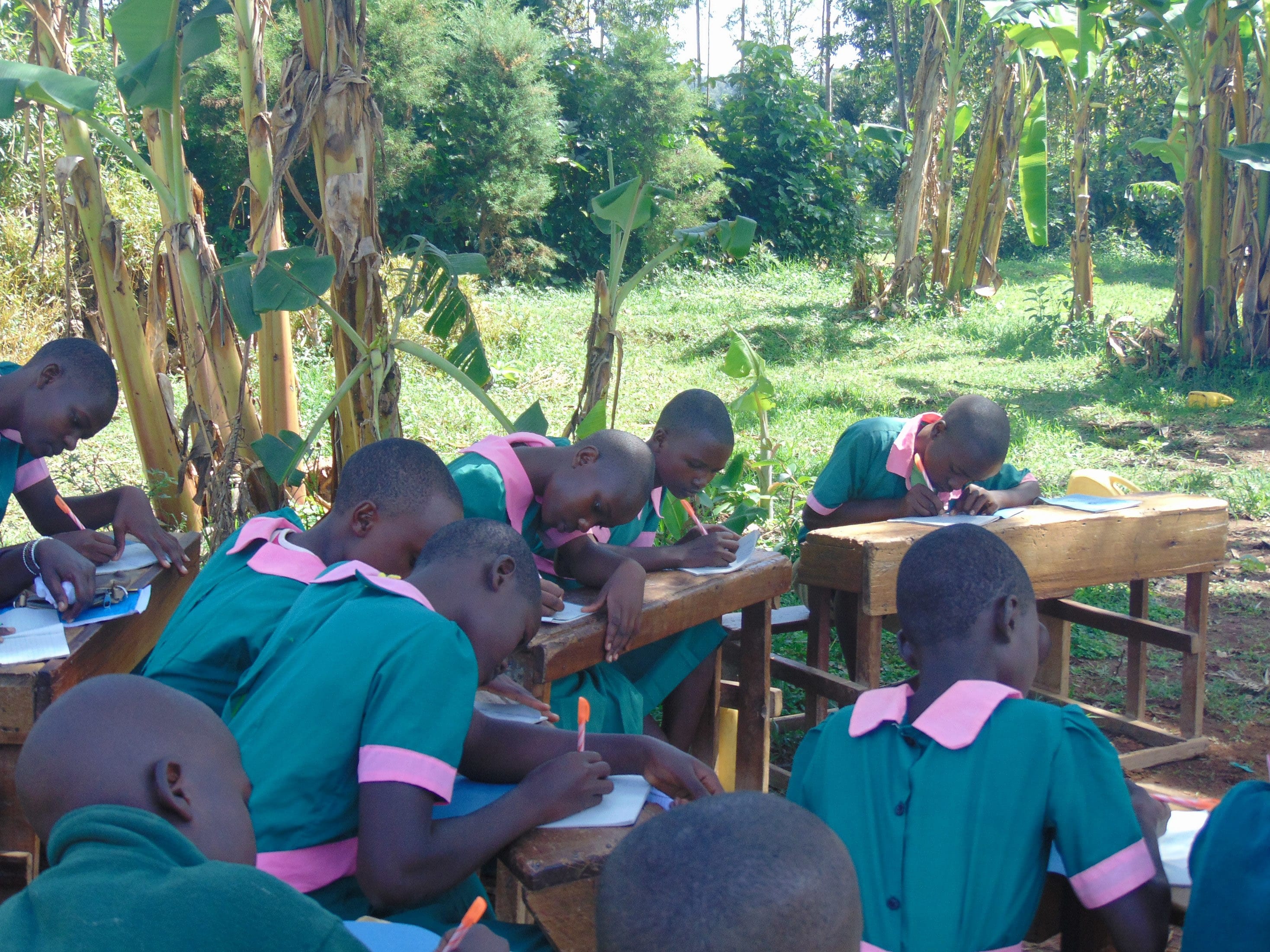
The students also needed knowledge on how to improve standards of hygiene and ensure that the sanitation facilities given to them are well-maintained for years to come. Some of the topics we covered included:
– water pollution and ways to treat water for drinking
The trainer outlined the various forms of waterborne diseases which include amoebic dysentery, cholera, typhoid, etc. Water treatment is highly encouraged to always ensure there's no chance of getting these through drinking water.
We realized that a majority of the participants were drinking water which had not been treated, and this they said was due to the high cost of treating water. The facilitator was able to present a solution that is essentially free: solar disinfection. The students were very excited about this and promised to try it for themselves. All you need is a clear container, sunlight, and time.

– handwashing

– dental hygiene
During the dental hygiene training, participants were left amazed after the demonstration conducted by the facilitator. A majority of the participants thought that the application of a ton of toothpaste on your toothbrush is a show of effective toothbrushing. This was clarified by the facilitator; it's not about how much toothpaste you use (you don't have to use a lot), but about how often and how thoroughly you brush.

– group dynamics along with leadership and governance for the newly formed CTC health club
– operations and maintenance of the facilities
"We are indeed happy having been considered for this training. We have gained much from all the training sessions and this is to our advantage as a community. We promise to be ambassadors of whatever we have learned here today so as to improve the hygiene and sanitation standards of members of our community," said Mrs. Kidiavai, a teacher in attendance.
The training was a success because participants were actively involved in their learning and they were always willing to share their personal opinions. As an organization, we will carry out frequent visits to the school to check on their progress and to advise accordingly.
Thank You for making all of this possible!


 Rainwater Catchment
Rainwater Catchment
 Rehabilitation Project
Rehabilitation Project












